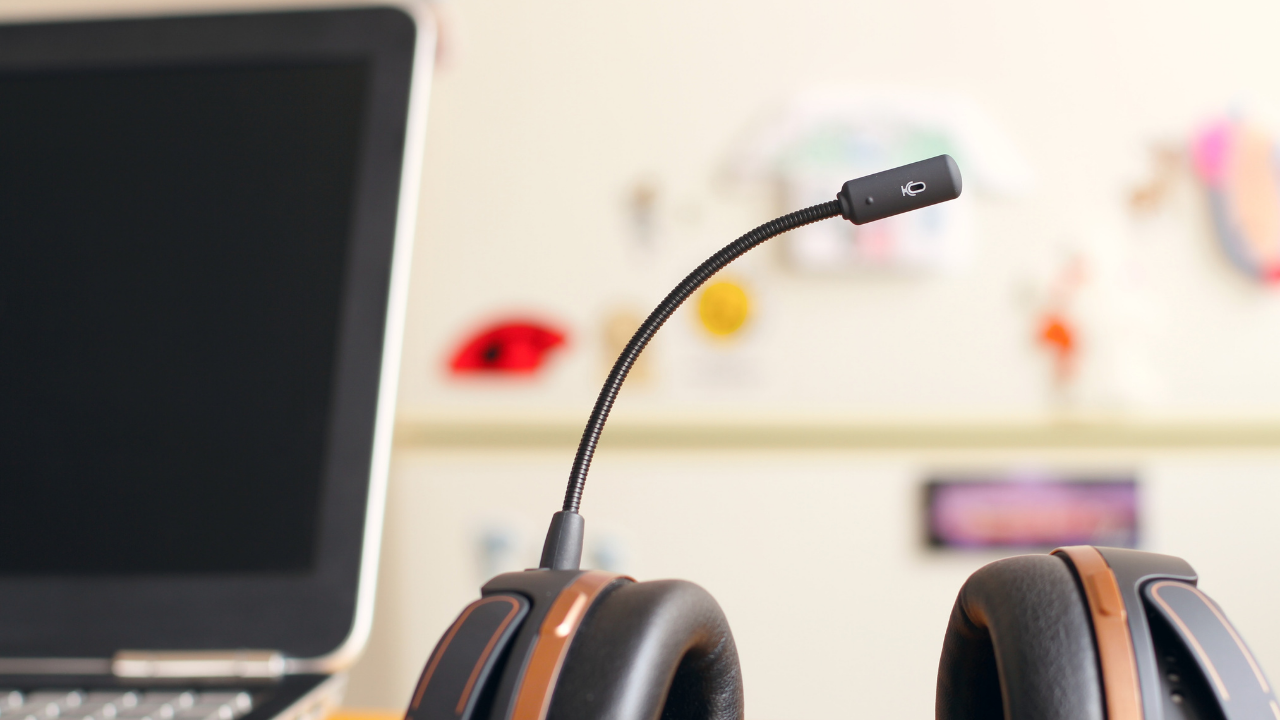
Mario Uher
Don’t you hate it when you are in the middle of being super productive and checking things off your to-do list when something distracts you and takes you outside of your zone? Perhaps you are not even noticing it.
Whether you have a loose “system” or a very defined workflow, there is no doubt that when you get knocked off course you lose major productivity and momentum and I bet you have no idea how much time it’s costing you.
We are constantly being bombarded with rings, dings, beeps, and pop-ups that make us constantly reactive. Not only that but we now have new software, hardware, and technologies that “promise” us they will change our lives and create a virtual utopia of a work environment (SO not true).
The sad truth is most of them won’t work well for yourself, your business, your employees, and will actually end up doing more damage than good and could even create some pretty bad habits for you and your team.
Think about your own process. Have you ever mapped it out to see where the inefficiencies lie? Phone calls, text messages, email, group chat, dozens of different software UGH! Perhaps you already know where the pain lies but you feel like it would be even more painful to find a solution because there are TOO MANY options and you don’t even want to begin to look.
This is all understandable, but the challenge is most teams don’t actually quantify what the interruptions and inefficiencies are costing them and their team. I don’t want to be the bearer of bad news, but interruptions are costing your team more time than you think and at the end of a year it could account for hundreds and hundreds of lost hours. Hours you’ll never get back. Hours that could have been used way more efficiently.
In a great recent article from Fast Company called Worker Interrupted: The Cost of Task Switching, the author found “about 82 percent of all interrupted work is resumed on the same day. But here’s the bad news — it takes an average of 23 minutes and 15 seconds to get back to the task.”
23 minutes and 15 seconds! That is an absolutely staggering amount of time! I am sure the follow-up question from this stat is “how many times during the day are we actually getting interrupted?” To gather data for the same article, the author studied high tech companies and found that interruption occurred “on average every three minutes and five seconds.” That’s an average of 17 times per hour!
Now I am sure some of these interruptions are moving from one level of productivity to the next and perhaps moving from low value to high-value tasks, so it’s difficult to quantify it exactly, yet we know from the 80/20 rules that only about 20% of your daily activities create 80% of your results, so it’s a pretty good estimate that 80% of these interruptions are, in fact, negative distractions.
I don’t know about you but the above data is frustrating to me and I know it would be super painful if I knew not only my team but myself was wasting so much time during the day and that the technology and system that I had implemented may actually be part of the problem.
It would be AMAZING to get back all those lost hours and create a finely tuned machine but I am also realistic. I know systems are slow to change and most of the time we can only implement smaller changes that we hope could make a difference and that creating the utopia of efficiency is but a dream scenario.
Yes, we are a phone software, and undoubtedly our solution isn’t for everyone, but we hope we are moving in the right direction of attempting to eliminating inefficiencies and interruptions in the workplace.
We built Yodel because having to answer a hardware phone is a big distraction considering most of us spend most of our time on our computers and we know this interruption is a major friction point for many teams. Also, deploying hardware phones to remote or floating teams is difficult, so having it all in the cloud is nice.
On top of this, in being heavy Slack users ourselves, we realized the amount of time we and other teams spent in Slack, that we thought it would be a no brainer to be able to make and receive phone calls and texts right inside the interface, eliminating the friction of needing to switch tools. Ultimately, Yodel eliminates the need for a hardware phone as well as a new software interface for a cloud telephone.
So what does the future hold for our workflow? I would like to think that we will see the challenge with constantly implementing new technology and realize that there needs to be more unification in the tech stack and ultimately in our day to day activities.
As business leaders, we need to realize the true cost of all the interruptions and distractions and take steps to get a little more focused. Time is our most valuable resource. Here is to use it more wisely.



Olivia Maier


Olivia Maier